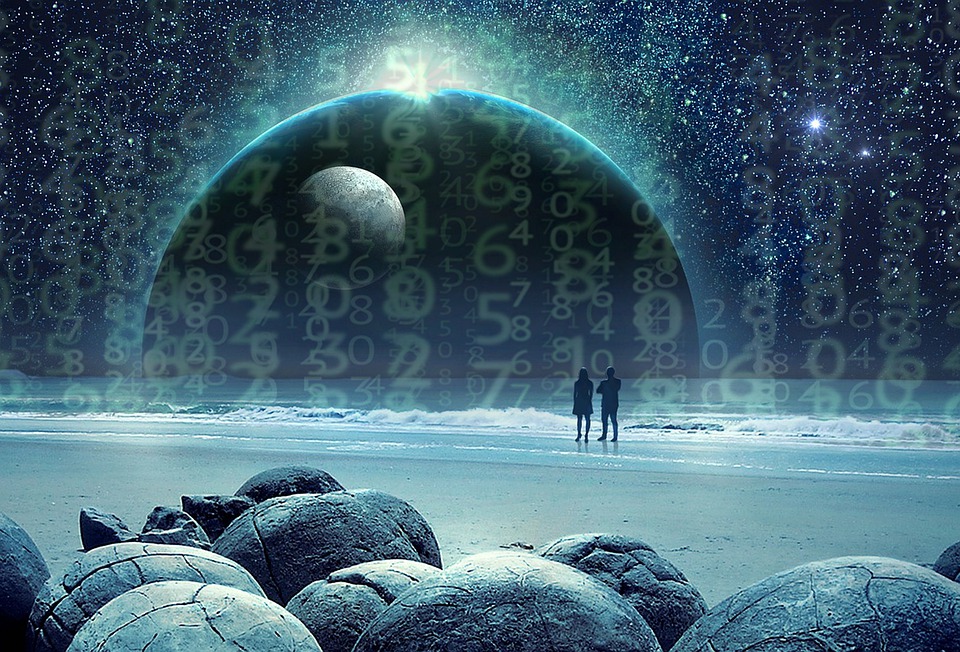“Once, Zhuang Zhou dreamed he was a butterfly, a butterfly flitting and fluttering about, happy with himself and doing as he pleased. He didn’t know that he was Zhuang Zhou.” Zhuang Zhou wakes up from his dream and finds himself back in his body, but then he comes to the strange realization that he could very well have just fallen asleep and be a butterfly dreaming he was Zhuang Zhou.
This ancient Chinese story called “The Butterfly Dream,” written by philosopher Zhuang Zhou himself, calls attention to the mystery of reality, a theme that continues to be discussed today. Only, today’s discussion does not just involve dreams but physics, variables, and computers. Zhou’s dilemma is one of the precursors to the modern-day simulation hypothesis.
The simulation hypothesis is the idea that our universe is an artificial simulation (a la “The Matrix”). Conspiracy theorists, philosophers, and physicists have devised constraints, tests, and explanations to try to substantiate the theory, but it remains a contentious issue within these communities.
The most prominent philosophical rationale is from Nick Bostrom at Oxford University, deriving a trilemma, the simulation argument, where one of three statements must be true: There are practically no civilizations capable of running advanced simulation, civilizations that hold the power are simply not interested, or most civilizations are simulated. This implies a one in three chance that we are simulated, assuming we are included in the majority of civilizations in the third scenario. Columbia University astronomer David Kipping, though, saw an opportunity to use Bayesian inference, a statistical theorem, to combine Bostrom’s first and second postulates since they both result in a base reality. The method uses prior assumptions to better predict probabilities, and it increases the odds to a 50-50 chance.
With the likelihood being equal, believers and conspiracy theorists have proposed a number of physical phenomena in favor of simulated reality. For example, some hypothesize that a sign of computer processing in our world is a point at which processing speed reaches its upper limit. This point would be seemingly arbitrary to those inside, as it cannot be explained by physics nor can it be superseded under any circumstances since it is an artifact of hardware. Sound familiar? It is strikingly the speed of light. This constant represents the maximum amount of information — 299,792 kilometers — that can be rendered in a given second, and it prevents us from travelling faster than the universe can be produced.
If a tree falls in a forest and no one is around to hear it, does it make a sound? Another rendering rule generally used in video games is that the only things rendered are those that are observed. Believers in the simulation hypothesis would argue that the tree does not actually exist — at least not until someone looks at it. This optimization strategy compensates for finite computing power. It can also be used to reconcile Schrödinger’s cat in that the cat does not need to be rendered until observation and therefore is both alive and dead until that time.
Of course, these explanations oversimplify the complexities of quantum mechanics and fall victim to logical fallacies. Justifying anything, including the speed of light, with a “higher being” or program code is a circular argument and does not work to prove or disprove our lived reality; that alone cannot be reason to believe the simulation hypothesis. But the physics of these claims do not hold up to scrutiny either.
Today’s computer runs on classical bits, or discrete values of 0 or 1. In order to build a world from these parts, that world must also operate on a binary where things, down to very small particles, either are or are not. From what scientists have observed, this is not how our world works. Quantum objects, for example electrons, exist in a state of superposition, meaning they exist in multiple states at once, at least until other particles, like measurement tools, interact with them. Since we cannot measure the objects without them collapsing into one state, scientists instead map the probability that the object will collapse into each state. For Schrödinger’s cat, the cat described as alive and dead is an artifact of the superposition of those equal probabilities. This probabilistic nature inherently contradicts our current computing methods and thus is an incomplete explanation for artificial reality.
This probabilistic nature inherently contradicts our current computing methods and thus is an incomplete explanation for artificial reality.
Lucky for believers, scientists are developing a probabilistic bit in order to produce faster computers. While their aim is to process big data rather than start a conscious simulation of their own, the invention could be a step in that direction. The unit, called a qubit, allows for superposition and probabilities to be introduced to computer processing. The latest development in quantum computing is the smallest and most accessible device to date to use qubits from the University of Innsbruck, although there is still a long way to go before it finds a place in your home. Scientists will also need to reconcile how complicated concepts in physics like general relativity and quantum field theory can be defined by quantum systems and qubits. MIT physicist Xiao-Gang Wen was successful at reconciling the Standard Model in 2012, but there is a lot of work to be done before the theory of general relativity can be unified with quantum mechanics. Since general relativity considers time to be a flexible fourth dimension, this will involve a deeper understanding of how particles interact with time.
The method uses prior assumptions to better predict probabilities, and it increases the odds to a 50-50 chance.
A dilemma that started with a dream has unraveled into an entanglement of speculation and misconceptions. Logistical concerns prevent us from finding the answer right now, but many wonder whether the answer is knowable, and others question if we would want to know at all. Are we players in a game? Does our purpose change with the status of our reality? Does it matter if you are a butterfly or a person, as long as you are happy?
Sources:
PRX Quantum (2021). DOI: 10.1103/PRXQuantum.2.020343
Nuclear Physics B (2012). DOI: 10.1016/j.nuclphysb.2012.05.010

